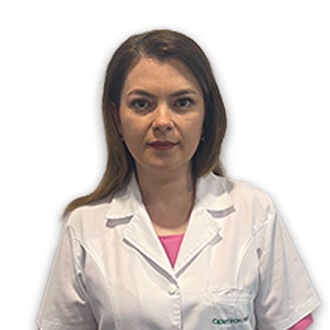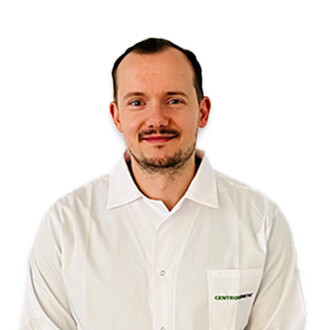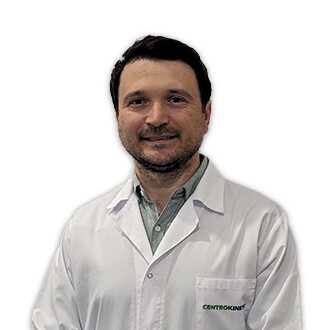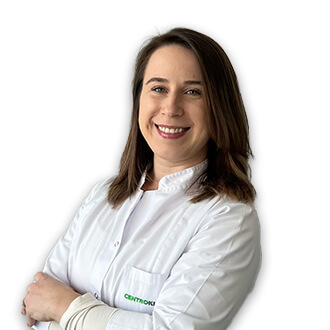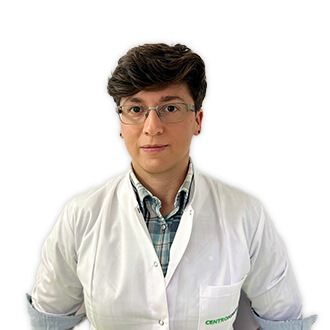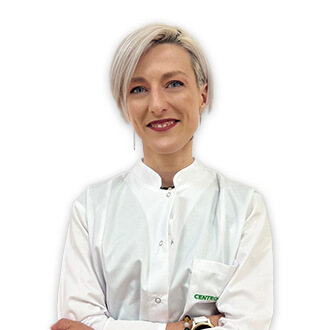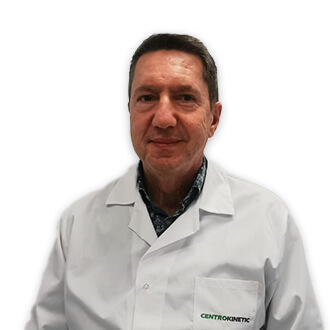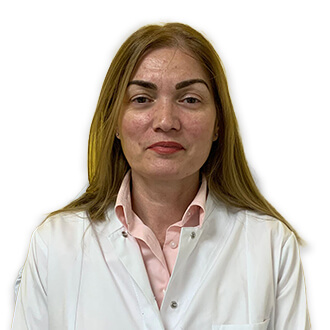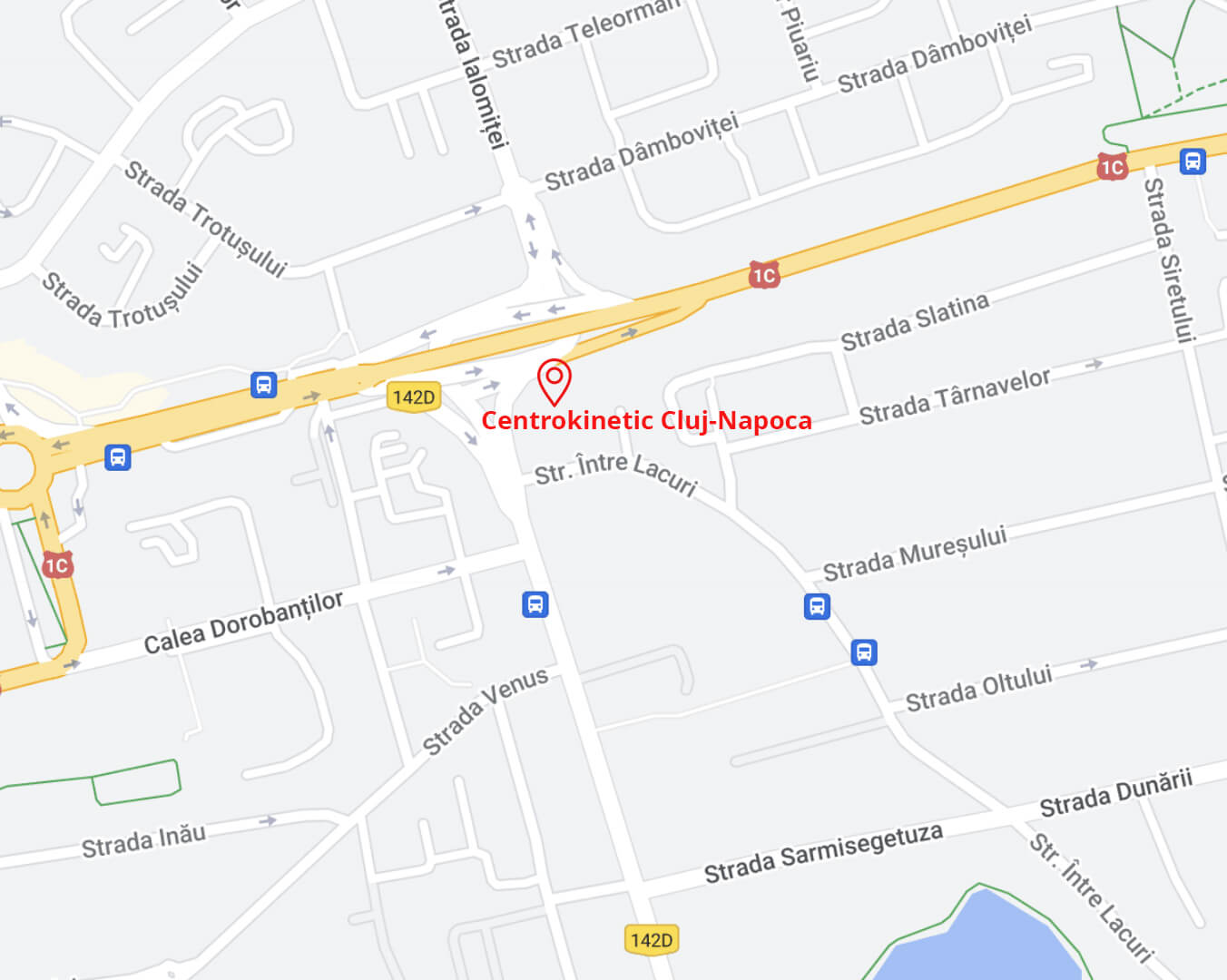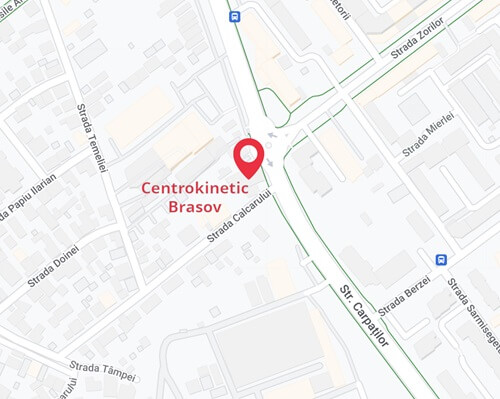See details
READ MORE
Recovery protocol after microfractures for cartilaginous defects
Phase 1: 0-2 postoperative weeks
Objectives:
- Protecting the cartilaginous area
- Favoring healing
- Obtaining and maintaining a complete extension
- Obtaining a 90-degree flexion
- Fighting local edema
- Strengthening the quadriceps muscle
- Avoidance of thrombus formation in the pelvic limbs
Activities
- Kinetec: Use the kinetec (a device that will mobilize your knee) as much as possible in the first two weeks. Remove your orthosis during these exercises. You should use the device for at least 10 hours a day. The knee extension should be set at -5 degrees to favor its full extension. You must be able to stretch your knee completely. The device is designed to include a 5-second extension pause. The flexion module should be set at 30-40 degrees and should be gradually increased to 90 degrees as you tolerate more and more knee flexion.
- Orthosis/crutches: For patellar and trochlear injuries, you will wear a knee orthosis, set to stop the knee from bending more than 30 degrees, and will keep the knee in full extension. You can put your entire body weight on the operated leg, in the limit of pain. In the beginning, you will use crutches on the go and you will give them up once you have regained your confidence in your knees. For condylar defects, the orthosis is not used, but you will use the crutches for a longer period, also the loading on the operated leg is being done progressively, according to the doctor's advice.
- Apply ice to reduce pain and swelling. Use ice according to the following schedule: 20 minutes ice, 20 minutes without during the first postoperative day. Then apply ice as many times as you feel the need for 15-20 minutes over the next postoperative days. Put a towel between the skin and the ice to prevent frostbite.
- You can shower and wet the incisions of the portals. However, do not soak them in a tub or Jacuzzi until the threads have been removed.
- Take an aspirin every morning.
- You can wear elastic stockings under the knees to prevent swelling of the feet. Also, do at least ten ankle mobility exercises to prevent edema and prevent thrombophlebitis.
Exercise program:
Heel support - to fully stretch your knee, lie on your back with a towel rolled under your heels, or sit on a chair with your heel on a stool, just like in the picture. Allow the knee to relax in extension. If the knee will not stretch completely, you can put a weight (900 g to 2.25 kg) on the thigh, just above the kneecap. Try to maintain this position for 5 minutes, 3 times a day. While maintaining this extension position, work the quadriceps exercises.


Plantar flexion and dorsiflexion of the foot - mobilize the foot up and down to stimulate circulation in the foot. Perform at least 10 such movements every hour.
Phase 2 - 2 to 6 weeks postoperatively
Objectives:
- Do not overload the knee, promoting healing
- Regain complete knee mobility
- Start muscle strengthening
Exercise program:
Medicinal bicycleUse a medicinal bicycle to mobilize the knee and increase its flexion. If you cannot perform complete pedals, then keep the operated foot on the pedal and pedal back and forth until the knee bends enough to allow a complete cycle. Most people manage a complete cycle first in the opposite direction, followed by the forward direction. You can use the bike, without resistance, for 10 to 20 minutes a day. Adjust the height of the bicycle saddle so that when you are riding the bike, the knee is fully extended when the pedal is in the lowest position. Pedaling will be done with the help of the forefoot (toe), and not the heel.

Heel support - to fully stretch your knee, lie on your back with a towel rolled under your heels, or sit on a chair with your heel on a stool, just like in the picture. Allow the knee to relax in extension. If the knee will not stretch completely, you can put a weight (900 g to 2.25 kg) on the thigh, just above the kneecap. Try to maintain this position for 5 minutes, 3 times a day. While maintaining this extension position, work the quadriceps exercises.
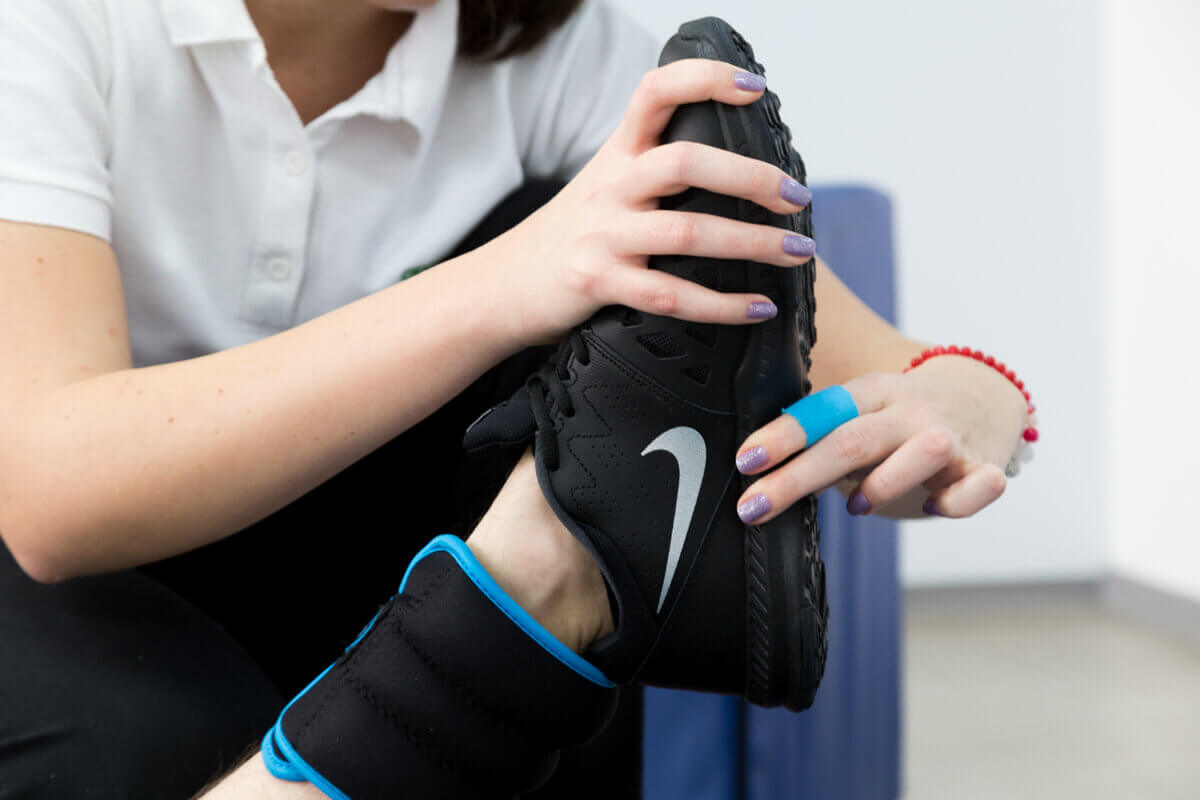


Phase 3: 8-12 weeks postoperatively
Objectives:
- Walk normal
- Regain complete knee mobility
- Regain your muscle strength
Exercises program:

Phase 4: 12 weeks postoperatively
Objectives:
- Complete recovery of muscle strength
- Return to usual activities
Exercises program:
Stretching the leg - In the illustrated position, keep the heel straight on the floor, the knee being in maximum extension. Lean forward at the thighs, with your hands supporting your weight. When you feel a slight stretch in the back of the leg and knee, hold this position for 15-20 seconds for 3-5 repetitions.
Squatting in the chair - In these exercises, lower your bottom towards the chair until you have sat on it. Do not sit in a chair, instead, get up immediately and return slightly to the starting position. Remember to keep your head above your feet and bend your pelvis as you descend. After the first week, you can hold dumbbells while performing these exercises. Start with 1.5 - 2.5 kg in each hand. You can add 1-2 kg per week until you reach 10 kg. Perform 3 sets of 10-15 repetitions.
Sliding on the wall - Stand up straight with your back and bottom touching the wall. Place your feet 30 cm away from each other and 6 cm away from the wall. Bend your knee and slide along the wall until your knees are bent at 30 degrees (DO NOT BEND MORE THAN 30 DEGREES - ESPECIALLY FOR ROTULIAN AND TROCHLEAR MICROFRACTURES). Hold this position for 5 seconds and then return to the starting position. Perform 3 sets of 10-15 repetitions each.

Step-up exercises - For this exercise, place a small stool, a book, or a piece of wood on the floor, about 60 cm from a wall. Place your injured foot on the stool. Maintain your balance by leaning on the wall (figure). Lift yourself slightly on the stool and allow your knee to stretch slightly. Gently lower your opposite foot to the floor, trying not to rest, instead, immediately returning to the "stepped up" position. Start this exercise with 5 repetitions of 3 sets in the first week. Put add one repetition to each session, until you reach 15 repetitions if you do not feel pain in the knee or at the insertion site of the patellar tendon.

MAKE AN APPOINTMENT
CONTACT US
SUCCESSFUL RECOVERY STORIES
MAKE AN APPOINTMENT
FOR AN EXAMINATION
See here how you can make an appointment and the location of our clinics.
MAKE AN APPOINTMENT














































